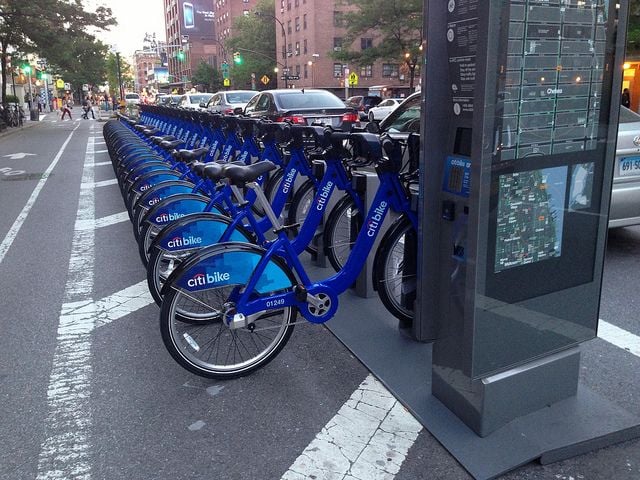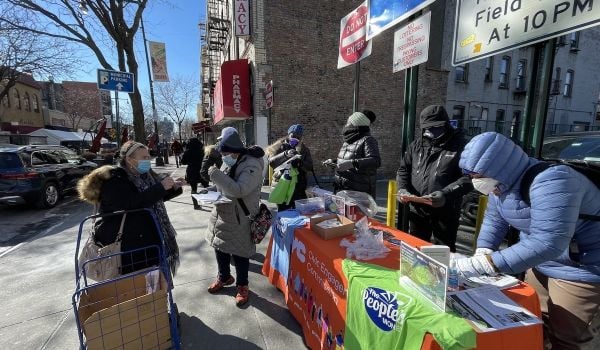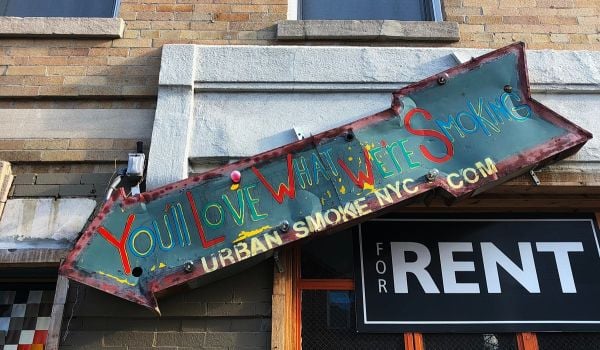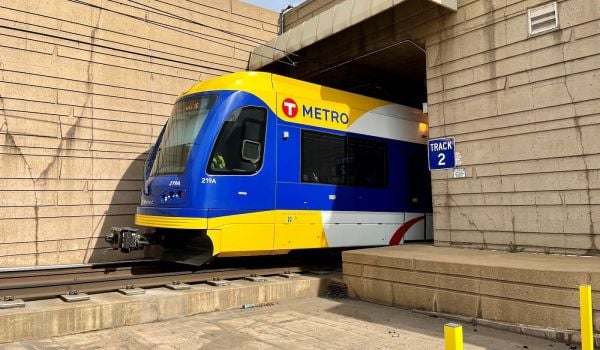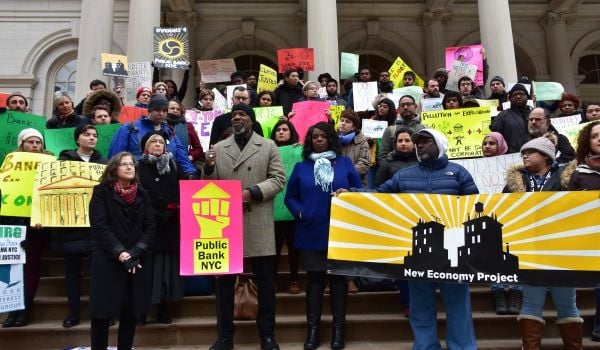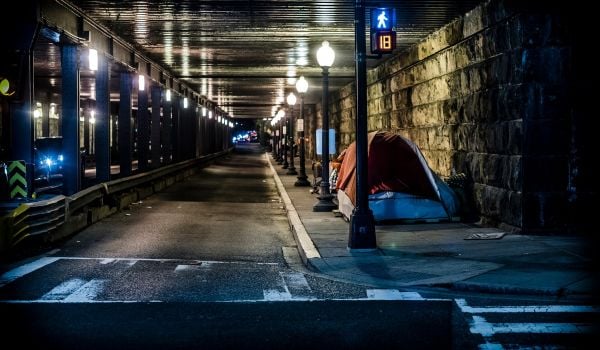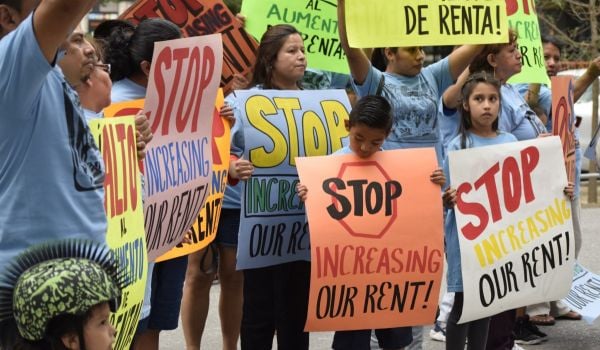What do Citi Bike users in New York City dislike most about the 6-month-old system? They say it’s the problem of unpredictable load imbalances.
Okay, they don’t say that, exactly. What they say is that they don’t like arriving at a station to check out a bike, only to find there aren’t any left. Or, when they try to return a bike and there aren’t any open slots. That’s according to a quickie poll from the bike advocacy group Transportation Alternatives, which found the number-one complaint of 64 percent of those who responded was finding stations in a state opposite what they’d like. The poll’s other options involved broken bikes or stations, a major complaint of the system’s egregiously buggy early days.
You may notice that “too many bikes” and “not enough bikes” are mutually exclusive complaints, thus the conundrum of bike share rebalancing. Other cities have faced it. In Paris, for example, users accrue 15 extra minutes for returning a bike to on of the Vélib’ system’s Bonus V+ stations located at higher elevations. (Here’s a map. And just for fun, here’s a map of Paris’ most famous churches. Notice the overlap.) New York City is a bit trickier, as it’s not necessarily a matter of static geography but of fluid urban movement: Different places simply attract people at different times and on different days.
It’s not an uncrackable problem, but its contours aren’t as immediately evident as those of hills. In a July Reddit chat, a Citi Bike engineer said that they’re working on it and will get better as the system pulls in more usage data. Until then, New Yorkers will have to grin complain and bear it like they do other factors of city life.

Nancy Scola is a Washington, DC-based journalist whose work tends to focus on the intersections of technology, politics, and public policy. Shortly after returning from Havana she started as a tech reporter at POLITICO.

